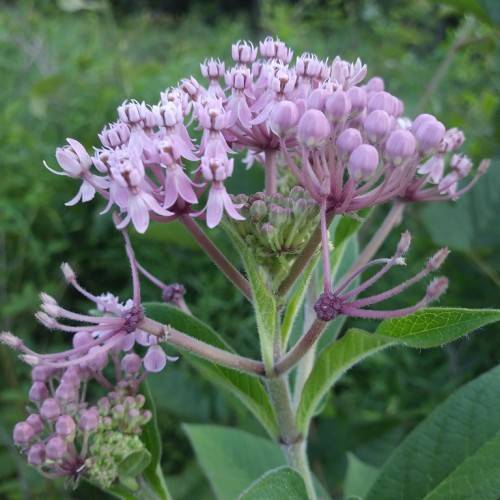
Swamp Milkweed
Asclepias incarnata subsp. incarnata
Watering:
Frequent
Hardiness Zone:
Flowers:
Flowers
Sun:
Shade
Leaf:
Yes
Growth Rate:
Low
Drought Tolerant:
Yes
Salt Tolerant:
Yes
Care Level:
Medium
watering
Goat's Beard requires regular watering for optimal growth. During the growing season (spring to fall), water the plant once weekly or every other week, making sure to keep the soil moist but not saturated. Do not allow the soil to dry out completely between waterings. Watering in the morning is preferable to avoid fungal diseases, as evaporation of water from the leaves is at its lowest. In the winter, reduce watering to every 3 to 4 weeks or when the soil starts to feel dry. Do not over water in the winter, as this can cause root rot and other fungal diseases. Be sure to water the plant regularly and at the root zone, not the foliage.
sunlight
Goat's Beard (Aruncus dioicus var. acuminatus) thrive when planted in sunny to partially shaded areas. They prefer at least 4 hours of direct sunlight during the daytime, with either morning or afternoon sun being ideal. If planted in a shadier location, a plant may not bloom as profusely as in a more sunny 1. In areas with hotter climates, some shade for a few hours during the hottest part of the day is recommended.
pruning
Goat's Beard (Aruncus dioicus var. acuminatus) should be pruned in late spring once it has finished flowering. The ideal time for pruning is when the new growth has emerged but before the flowers have opened. Pruning should be only light to moderate. Cut back about 1-third of the growth to encourage bushier plants. Remove any dead stems, leaves or flowers as well as any that are crowding the interior of the plant. Deadheading (removing spent flowers) may be done to promote a second flush of blooms. If necessary, thin out stems and cut them to the ground.
